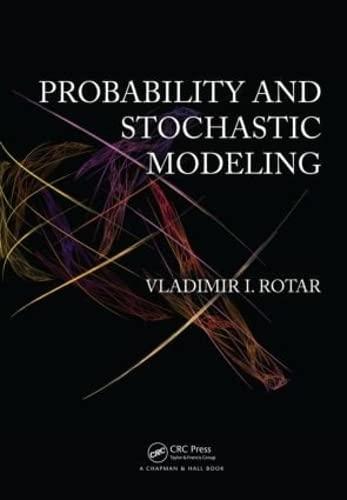This exercise concerns some properties of the Black-Scholes formulas (2.2.3) and (2.2.4). (a) Consider a call option.
Question:
This exercise concerns some properties of the Black-Scholes formulas (2.2.3) and (2.2.4).
(a) Consider a call option. If T is very small, the option will be ready to be exercised practically immediately, and hence its price should be close to (S0 −K)+. Show that, indeed, the price in (2.2.3) converges to this limit as T →0.
(b) If σ → 0, the stock is becoming riskless, and in the risk neutral world, its price will grow to S0eδT . Then, at time T, the value of the call option will be (S0eδT −K)+, and the present value is e−δT (S0eδT −K)+ = (S0−Ke−δT )+. Show that the Black-Scholes formula is consistent with this reasoning.
(c) Carry out the reasoning analogous to those in Exercises 22a and 22b for a put option and find the corresponding limits.
(d) If S0 is very large while K is not, the put option is unlikely to be exercised, so the present value of the put option is close to zero. Show that this is consistent with the Black-Scholes formula.
Step by Step Answer:






